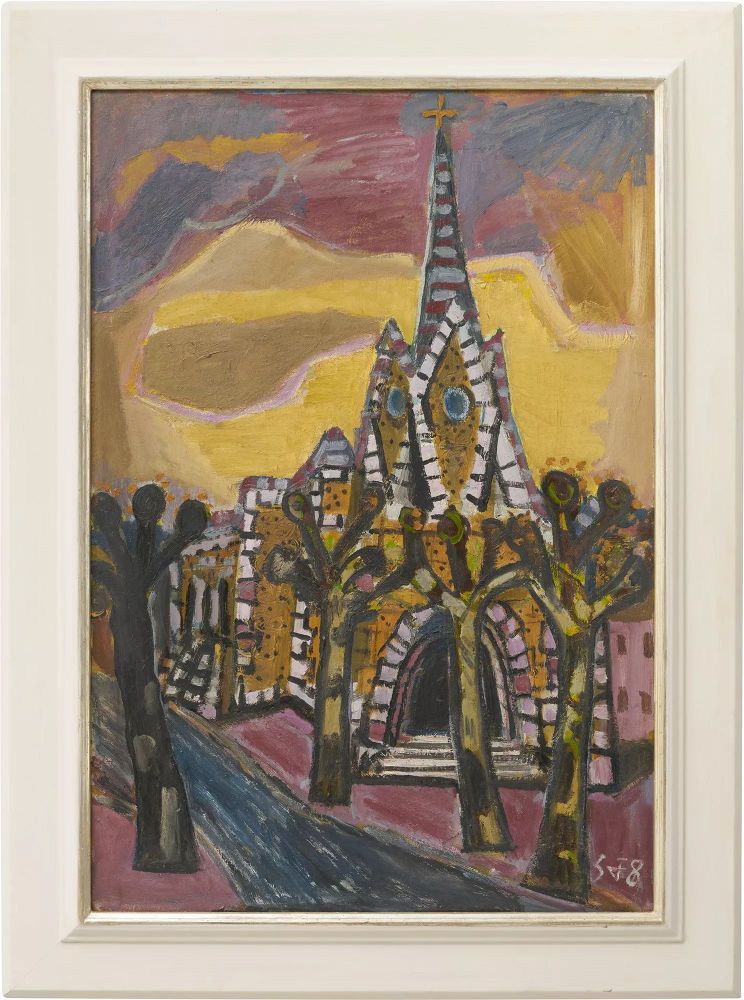
Otto Dix - a return to Expressionism
When you hear the name Otto Dix, you quickly associate his paintings with relentless war scenes and socially critical studies of people. But Dix was also a master of softer tones, for example in his landscape and architectural paintings.
In his early work, Otto Dix processed his experiences as a front-line soldier in the First World War in many of his works. However, from 1933 onwards, he shifted the focus of his motifs and concentrated increasingly on landscape painting.
However, this did nothing to change his reputation as an artist critical of the times and the war. The National Socialists classified him as "degenerate" and he lost his professorship at the Dresden Academy of Arts.
Return to Expressionism in his late work
After 1945, Dix remained faithful to landscapes. Remarkably, however, he underwent another stylistic change in his late work: for a long time he was considered a representative of Realism and New Objectivity, but now he moved closer to Expressionism again in his style.
In doing so, he returned to his artistic roots, as Expressionism had already inspired him at the beginning of his career. The fact that Dix painted completely contrary to the zeitgeist in the 1950s was of little concern to him. Even subsequent trends in art such as Pop Art or abstraction had no influence on his work.

Exemplary: "Church of Arnas II"
The painting "Church of Arnas II" vividly illustrates his stylistic orientation. It shows the front view of the Gothic church in the small village of Arnas in the Département Rhône. Dix is said to have painted this picture during a stay in France in 1957.
The artist particularly emphasizes the characteristic play of colors of the light and dark stones in the masonry. To achieve this, he departs from the actual proportions and clearly exaggerates the stones. In his depiction of the sky, streets and trees, he also draws on the typical stylistic devices of Expressionism with bold colors and stylized forms.
Otto Dix - important artist of the 20th century
The great expressiveness of his works and his individualism made Otto Dix one of the most important German artists of the 20th century.
To this day, his work is regularly honored in exhibitions and his works are represented in all of the world's renowned art collections - for example in the Museum of Modern Art and the Metropolitan Museum of Art in New York, the British Museum in London and the Städel Museum in Frankfurt.
